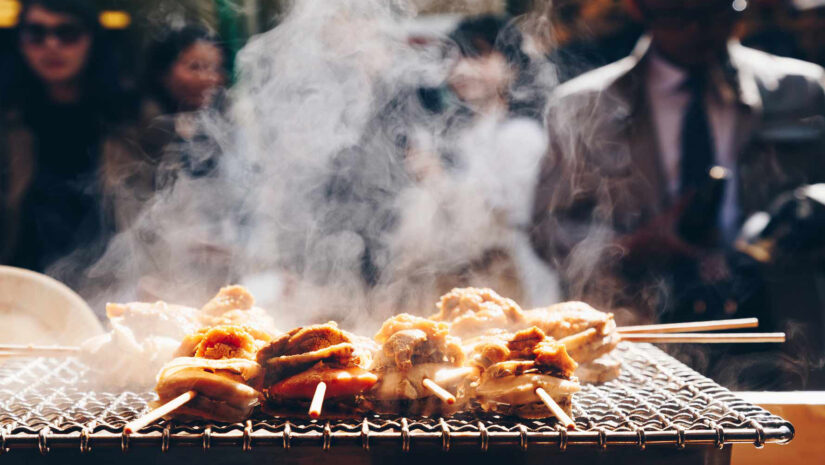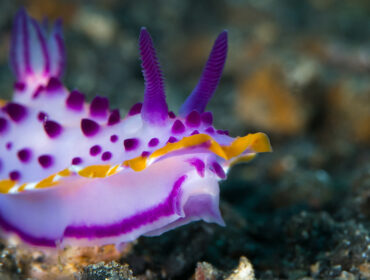If you’ve paid any attention to developments in Tokyo over the past half-century, you’ve probably heard about the Tsukiji Fish Market. Located in the Tsukiji district, it’s been one of the city’s most popular tourist destinations since opening its doors in 1935.
Before moving to the nearby Toyosu Market, this Tokyo fish market was one of the world’s biggest and longest-running wholesale fish and seafood markets. The Tsukiji Fish Market also gained a reputation in the culinary world as many renowned chefs sourced their top-grade sushi here.
Unfortunately, the Tsukiji Fish Market had to close its doors on October 6, 2018, to give way to relocating to the Toyosu Fish Market in the eastern part of the city. The move is expected to affect the number of visitors and businesses in the area.
So, if you’re planning a visit to Tokyo anytime soon, the question is: How is the relocated Tsukiji Fish Market doing now, and is it still worth the visit?
Brief History of the Tsukiji Fish Market
Not many people know that Tsukiji was not the first location of this world-renowned Japanese fish market. The fish market was initially located in the Nihonbashi district, just near the Nihonbashi bridge.
Led by Tokugawa Ieyasu, the founder and first shogun of the Tokugawa shogunate, the market provided fish for Edo castle in 1590 with the help of fishermen from Osaka. Fish not sold to the castle were then offered for sale at the uogashi (“fish quay”) near the Nihonbashi bridge.
When did the new laws come into place?
Following some controversy regarding food shortages and the questionable practices of wholesalers, the Japanese government created new institutions and established the Central Wholesale Market Law to regulate food distribution in 1923.
That same year, on the 1st of September, the Great Kantō earthquake struck and devastated central Tokyo. This included the Nihonbashi fish market. The local government finally took the chance to relocate the market to the Tsukiji district, which was popular in its own right for being “constructed land” derived from Tokyo Bay. This reclaimed land helped fill in the coastal area of Edo (as Tokyo was known until the 1870s) after the tragic blaze (Great Fire of Meireki) wiped out most of the city in 1657.
For 12 years after the Great Kantō earthquake, intensive research and construction were done for the new market. Architects and engineers from the local municipal government were sent abroad and forced to develop a unique design that could handle the sheer size of the market and the number of items that would be traded daily. Hence, the quarter-circular shape that the world has known for years.
The relocation of the market to Tsukiji took over six years with over 410,000 workers and was one of the biggest reconstruction projects in Tokyo after the earthquake. It officially opened on February 11, 1935.
Growing Popularity and Relocation

After completing the market facility in the heart of Tokyo Metro, the Tsukiji Fish Market became increasingly popular and busy. The area is easily accessible by train; you can take the Oedo Line to Tsukiji Shijo Station or the Hibiya Line to Tsukiji Station. However, the best time to experience the market’s activity is early in the morning, before dawn, as this is when trucks deliver over 400 varieties of fresh seafood nearly every day of the week.
The area consists of two distinct regions: the inner and outer markets. The inner market offers regular customers an insider’s view of how and where the freshest daily catch is sold to restaurants and businesses. Its cool rooms host renowned tuna auctions, where limited slots attract world-class chefs competing for the most significant and freshest pieces of meat. Notably, in 2013, a 222-kilogram bluefin tuna was sold for an astounding $1.7 million.

The outer market is just as intriguing as it houses dozens of food stalls and restaurants that offer some of the freshest seafood. This includes a few auctioned tunas from the same morning. The Tsukiji Fish Market is the go-to destination for world-class Japanese cuisine and local specialties.
For most, it’s the best and most convenient place to get a quick fix of sushi and seafood rice bowls. Retail shops in the middle of the inner and outer markets also make the trip worthwhile for locals and tourists.
Check out this insider tour of the Tsukiji Fish Market:
Clearly, the busy market’s structure had aged, raising concerns about earthquake resistance, sanitation, and fire safety. After all, its constructors never expected it to serve 65,000 employees and roughly 40,000 visitors a day. The government then planned to turn the inner market area into a transport hub for the 2020 Olympic Games, which meant another relocation for the market.
The move was initially scheduled in November 2016 to the nearby man-made island of Toyosu but was delayed in giving way to a major cleanup operation. Following protests in the days running up to its closure, the inner market was finally closed on October 6, 2018, while the outer market remains open.
The New Toyosu Fish Market

The relocation of parts of the Tsukiji Fish Market in October 2018 was the end of an era but also the beginning of a new one. After a significant development reportedly worth $7.5 billion, the Toyosu Market opened on October 11, 2018.
Although business owners and locals were worried about the move, it seems to have been for the better. Many of the same businesses from the Tsukiji market are now housed in larger, more modern premises, and the famous tuna auctions are still happening at 4:30 am every morning. Instead of having to get a reservation ticket, the auction is now open to everyone who can show up very early on the unique observation deck.
Aside from featuring a cleaner, low-temperature “inner market,” the Toyosu Fish Market offers many dining options from Tsukiji and a grass-carpeted roof where visitors can enjoy lovely city views. There’s also Sushi Dai, where people line up for 3-4 hours to get a taste of some of Tokyo’s best, top-rated sushi.
What is different now?
The most evident change is that modern and visitor-friendly buildings have replaced the chaotic environment, which could be challenging to accept for those looking to have raw market experience. Nonetheless, the new Toyosu market offers a taste of the past, and it’s simply too early to tell whether or not it will be able to reclaim its culinary reputation.
The government continues to exert all efforts to make the area more attractive and tourist-friendly. It is now connected directly to the Shijo-mae station on the Yurikamome Lin,e and plans are reportedly underway to open a hotel and hot spring. Meanwhile, the outer Tsukiji market remains open. Its high-class culinary offerings and long-winded history still make it a top Tokyo destination, so it will not be forgotten.
If anything, the contrast between the two locations will only add to the cultural and historical appeal of what is left of the Tsukiji Market.






